- Plug types: USB-C vs Lightning vs microUSB
- Fast charging: How fast is it?
- Wireless charging: Do I still need cables at all?
Which phone charger do you need?
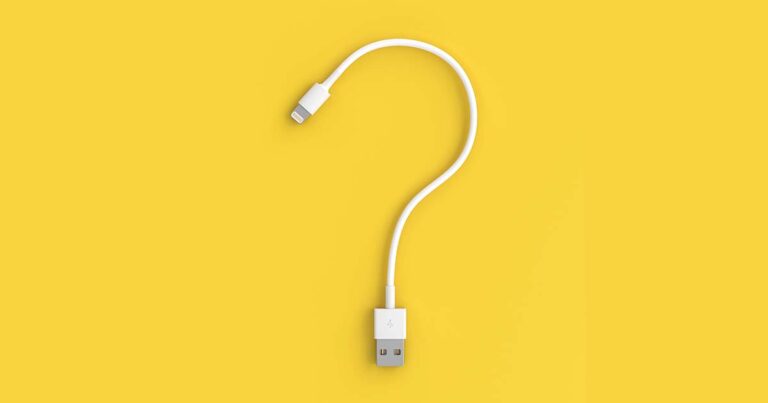
Buy a new mobile phone, whether it’s a premium smartphone or a budget feature phone, and you’re going to need a charger. Until somebody invents a purely solar charging smartphone… hey, that’s a great idea, we’re off to the patent office, excuse us…
No, wait, it’d go flat overnight, wouldn’t it? Stupid idea. Where were we? Oh yeah, phone chargers.
Every phone needs one to keep it topped up. Some phones, especially premium priced models don’t ship with included chargers at all, ostensibly for environmental reasons. Others do still come with chargers, but you’re almost inevitably going to be faced with a situation where that charger isn’t available, whether it’s been lost, broken or that jerk Dave* in the office has “borrowed” it.
That’s when you need a new phone charger… and that’s when you have to identify the kind of phone charger you actually need. This guide will walk you through the plug and power standards, and what to look for when making a charger purchase.
But first, a very serious warning. If you read and take in nothing else from this guide, please take the next section seriously.
Never ever use a cheap charger that you bought from an overseas online seller, cheaply from a market or off-brand electronics retailer, especially if it lacks markings to indicate it meets Australian electrical safety standards.
It is possible to pick up cheap chargers for just a few bucks, and you might figure that’s a bargain if you just want to juice up your phone or gadgets and you’re not sweating fast charge rates. The problem is that unregulated cheaply built chargers can literally be death traps, either via electrocution or by starting house fires. The risk is real, and sadly people in Australia have passed away directly as a result of using cheap dodgy chargers.
Safe and regulated devices should meet Australian standard AS/NZS 61558.2.6, and what you’re looking for is identification that this is covered by the charger. Most known brands will have that in the bag, but if you’re unsure, there’s a few other giveaways that a charger might be risky.
Pins should be sheathed to indicate proper insulation, and the pins should be complete metal; if there’s a hole in the metal they aren’t properly built for Australian standards and safety. If you’re in doubt, please do NOT use a charger, because the convenience is in no way worth the risk.
Plug types: What plugs into my phone?
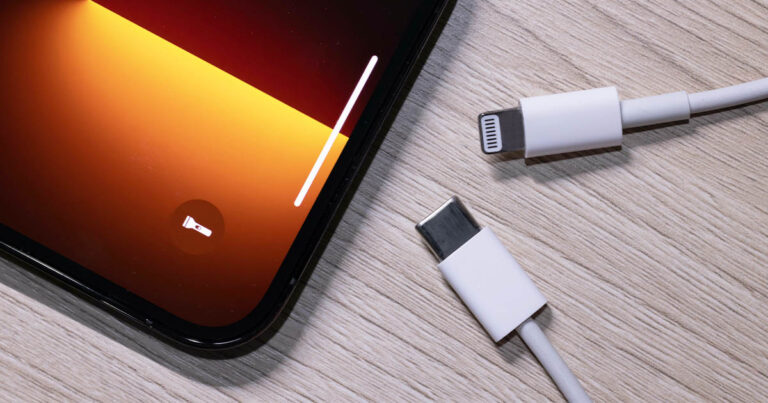
At the base of your phone– for most devices, though some feature phones might throw it on the side – you’ll find a socket that a charger or charging cable plugs into.
Back in the pre-smartphone days, there were a plethora of plug types, and even being within a single brand didn’t always guarantee that you’d have a compatible plug. These days, you’re more likely to hit one of three scenarios… and increasingly the market is converging on one single plug type.
Some older Android phones may use microUSB, a six sided plug that only goes in one way into a device. You can still find it on some very cheap Android phones and a handful of available feature phones, as well as other cheap gadgets. It’s largely deprecated these days, however.
Equally now deprecated (for the most part) is Apple’s Lightning connector. This is a flat plug type that works with iPhone models from the iPhone 5 through to the iPhone 14, as well as a number of Apple’s iPad models and AirPods and many Beats headphones. Apple has shifted in 2023 away from Lightning to the connector that you’ll most frequently see across most new Android phones, however.
That connector is USB-C, a round edged connector that can plug in either way – there’s no “upside down” edge to speak of. While it’s been a feature of Android phones and many other devices for a while, Apple’s shift to USB-C is largely due to EU regulations calling for a common charger standard that have been more than a decade in the making. USB-C is also data capable, but for the purposes of charging, there’s really only two charge rates to consider.
Every certified USB-C cable has to be able to carry a minimum of 3A/20V/60W current by design, but there are faster chargers out there that can pump that up to 5A/20V/100W, if they’ve got the relevant circuitry built in. For the most part, that’s not an issue for mobile phone charging which tends more towards slower charging, and more an issue for charging larger devices such as laptops. You’re still going to be limited by the capacity of the actual charger at the other end, however; putting a higher-capacity capable USB-C cable into a slower charger is still going to run slow.
A full list of every phone ever sold with every plug type on it would run to hundreds of models, maybe more if we included all the phones that may have come into the country via grey market importers. But to give you an idea of which phones currently sold as at the tail end of 2023 carry each plug type, here are a few examples of each plug type:
microUSB
Example phones:
- Aspera AS5
- Nokia 2660
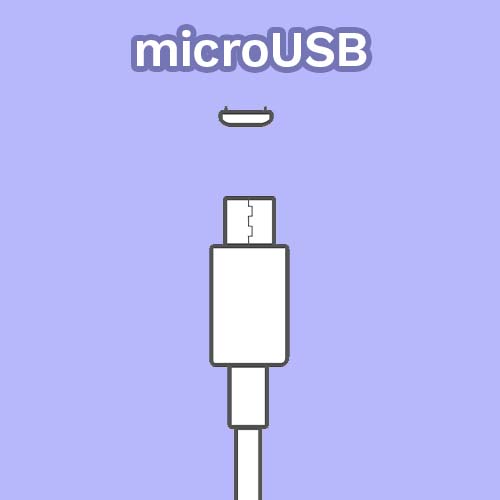
Lightning
Example phones:
- Apple iPhone 5 through Apple iPhone 14 (all models save for iPhone 15, essentially)
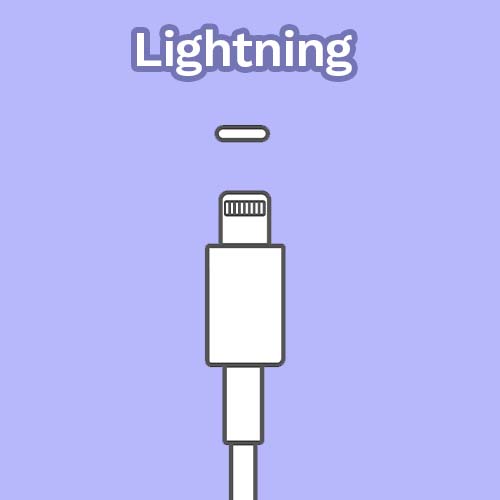
USB-C
Example phones:
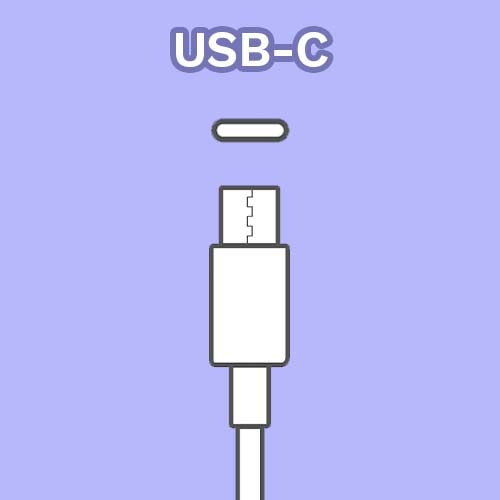
The Plug End: What’s in a charger?
Fast charging: What does it mean?
You’ll sometimes see a phone sold on the promise of “fast charging”, or may even see some phones declare that they’re “fast charging”, “rapid charging” or even “turbo charging” when you plug them in to certain specific chargers.
What does that actually mean? Not all that much in a relative real world sense, beyond the fact that said phones are probably taking in power at a more pronounced rate than through a standard 5V charger. There’s no standards in play here, you see, so what’s “fast” for one phone could be a more “regular” speed for another.
Manufacturers have to be careful to manage both reasonable safety with these chargers, not just when you’re putting power in, but also to sensibly manage the long-term life of the battery within your smartphone. Typically speaking, fast charging a phone isn’t great for its battery chemistry. There’s a lot of careful balancing – and some neat technology tweaks – to mitigate this, but the reality for modern batteries is that they’re always degrading over time, and simply punching more power through them at advanced rates can lead to a more rapid demise of their overall capacity.
The other catch with fast charging is that some phones – most notably the models made by Chinese megacorp BBK electronics – use their own fast charging protocols, specific to their phones. You might be thinking that you’ve never seen a BBK electronics phone on Australian store shelves, and you’d be right… under that branding. BBK phones in Australia predominantly sell under the Oppo brand owned by BBK electronics, though they have previously also offered fast charging phones under the Vivo, realme and OnePlus brands as well. If you’ve got a fast charging BBK phone, you’ll need that brand specific fast charger to actually take advantage of their fast charging prowess.
Here's a shortlist of some of Oppo's most popular smartphones in Australia.
Wireless charging: Do I still need cables at all?
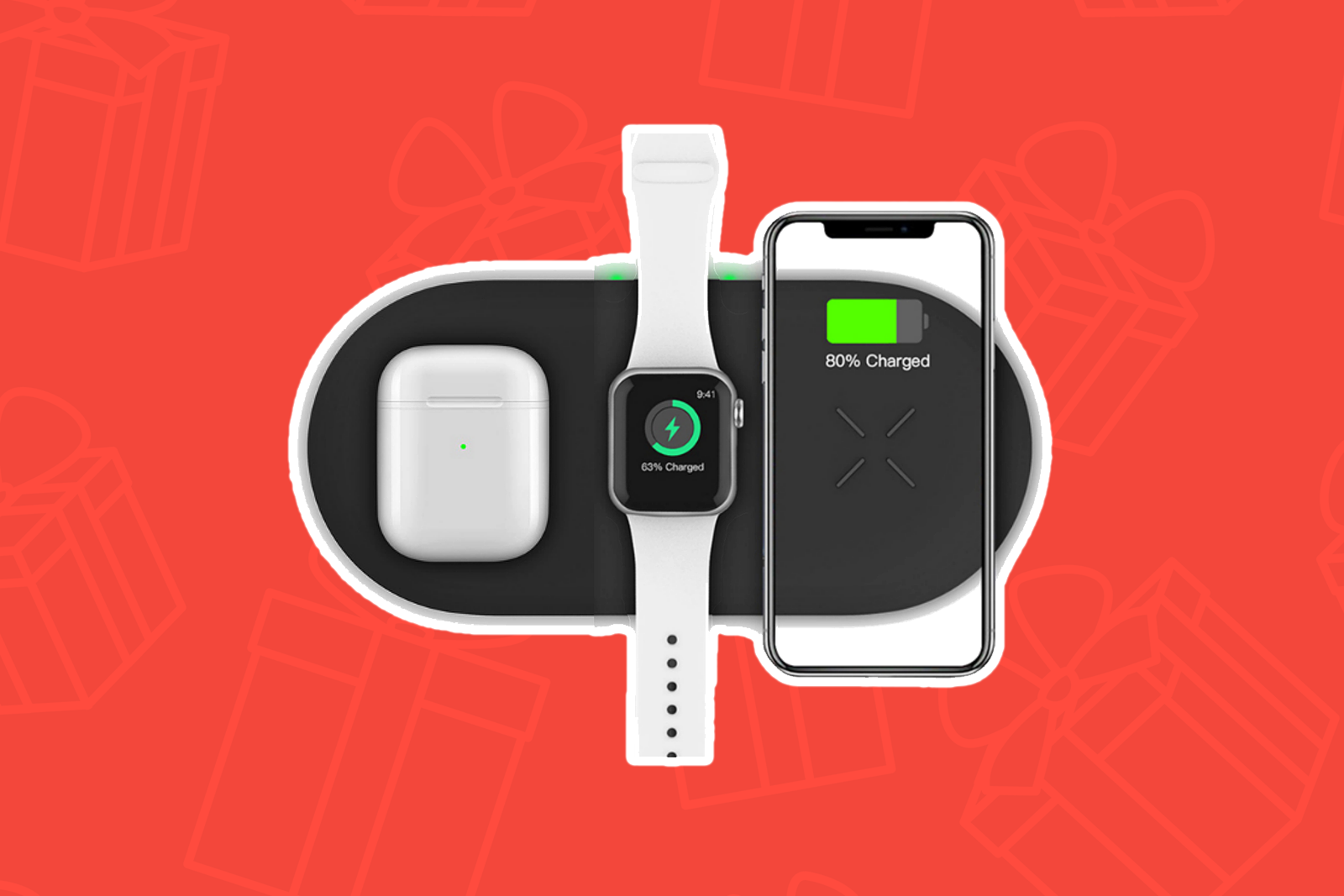
The other way to juice up your phone is with what’s called wireless charging. This uses a specific form of inductive charging, which isn’t a new technology, though the standards used for wireless phone charging are relatively new.
Wireless charging for phones works through inductive copper coils within a charging plate – which still needs a plug and typically a wired socket, so the “wireless” part here isn’t entirely accurate – that matches up to inductive coils in a compatible mobile phone. Inductive charging requires a point of contact between the phone and charger, and this is typically a plate that you lie your phone on, or a stand it leans against to charge.
The dominant wireless charging standard for smartphones was developed by the Wireless Power Consortium (WPC) and is known as Qi, from the traditional Chinese term for life force.
Qi is convenient – if your phone supports wireless charging these days it’ll be Qi-compliant charging, and you don’t need to worry about what plug type you need at all – but it is generally slower and less efficient than direct cabled charging. Base charge level rates for many Qi phones top out at just 7.5W, though some custom configurations do up that ante markedly – although again, only usually with specific branded chargers and specific modes.
You can add Qi charging to just about any phone with an adaptor – basically a plug that goes into your phone’s port that connects to an external induction coil that handles that part of the equation – though that’s an even less efficient charging method, so it’s best to really only consider wireless charging if your phone already has it built in.
Apple is part of the Wireless Power Consortium, but it has its own spin on Qi for iPhones with what it calls MagSafe. MagSafe chargers can top up MagSafe compatible iPhones at twice the charging rate of standard Qi – 15W to the standard 7.5W. As the name suggests it’s also magnetic, so MagSafe chargers will seem to “snap” onto the back of compatible iPhones to charge, which also helps with aligning the coils for maximum efficiency.
The important factor with MagSafe is that it’s also Qi compliant; drop a wireless capable Android phone – say, a Samsung Galaxy S23 Ultra or Google Pixel 8 – onto a MagSafe charger and while it won’t magnetically attach, it can take charge from those same coils at 7.5W rates.
Related Articles



